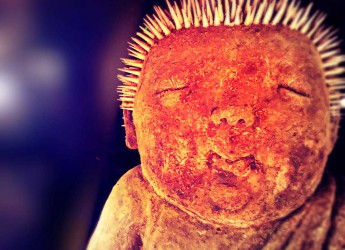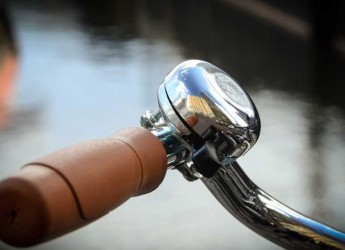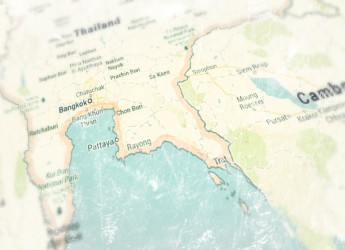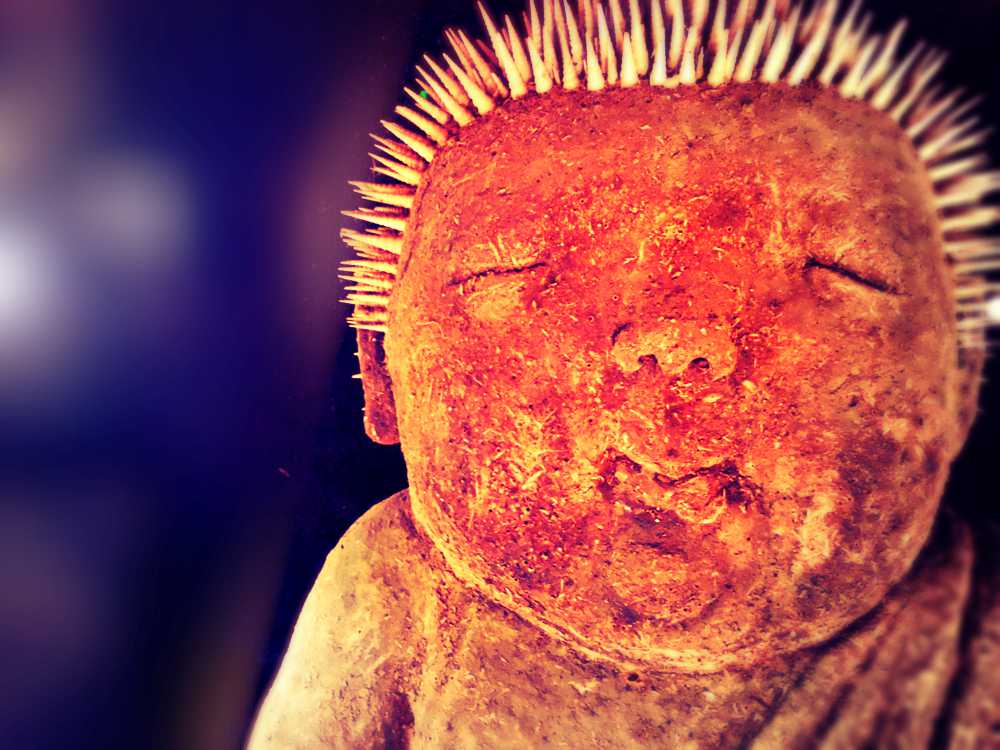Hua Hin Snakes and Snake Bites
Thailand is the land of snakes so don’t be surprised when you see your first snake in Hua Hin
There are over 200 species of snake in Thailand so chances are that you’re never too far away from one even if you’re in town. Not all are dangerous, fortunately, but nevertheless if you are bitten then it’s always wise to visit the nearest hospital as soon as possible for treatment.
Even though you may get bitten by a venomous snake that doesn’t necessarily mean that you have been poisoned. Many snake bites are ‘dry’ bites without venom being injected so you may not even need any anti-venom.
Snakes like to eat frogs, rats and small rodents. All creatures that you’ll likely find in your community so it pays to keep your eyes open when you’re out and about. Snakes also
Venomous and Dangerous
There are a few species if snake around Hua Hin that are venomous and extremely poisonous. Below are a the main ones:
Cobra’s
There are several species of cobra around Hua Hin, most are mainly nocturnal but you will occasionally come upon them during the day. They are fast movers, can climb and swim but will normally shy away from people unless surprised.
When threatened they rear up and expand their hood. These are large snakes with the king cobra reaching 5.5 meters in length, an impressive size by any standards and very intimidating when there’s one in front of you.
The monocled cobra has a large white eye on the back of it’s hood. Although shorter than the king cobra (around half the length) they are probably more dangerous. Their aggressive and unpredictable behavior means that you have a higher chance of being bitten if you accidentally encounter one.
These venom from both the king and monocled cobra is extremely toxic and even a small bite can kill a human without medical intervention.
Spitting cobras can spray their venom over a distance of up to 3 meters. It’s venom has the potential to cause permanent blindness if not washed out of the eyes and treated quickly. There are two species of spitting cobras in Thailand; the Indochinese Spitting Cobra and the Sumatran Spitting Cobra both are resident in the Hua Hin area although the Sumatran variety is considered rare.
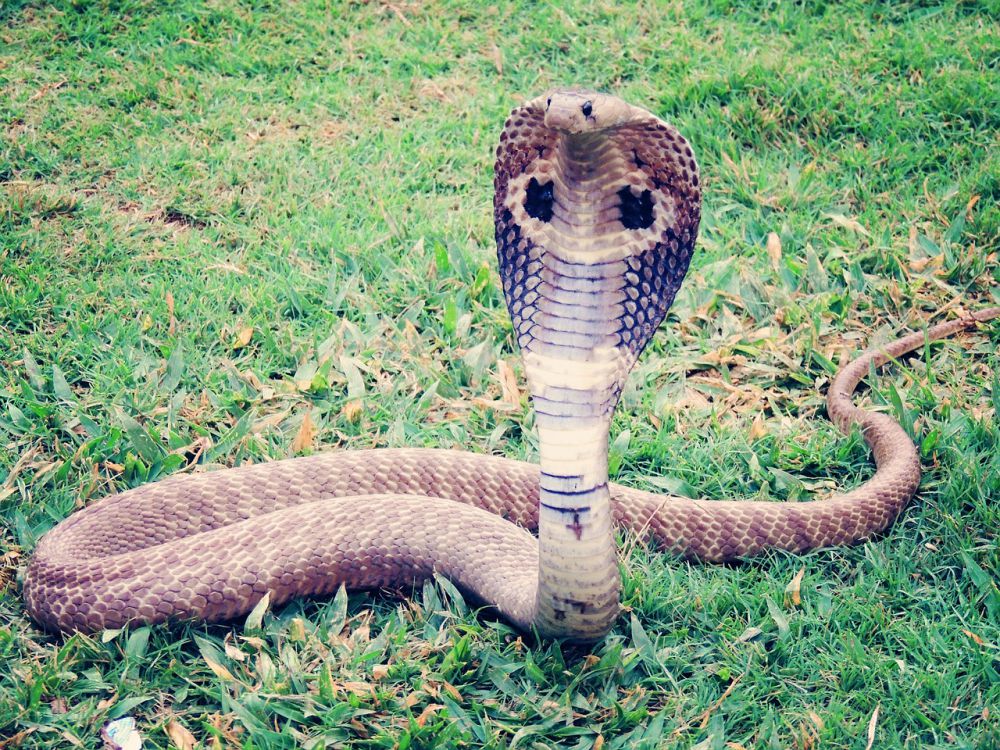
Malayan Pit Viper
The Malayan Pit Viper is not only a very venomous snake but it has attitude and is one of the few snakes unlikely to get out of your way when disturbed. Due to these factors this viper is one of the more deadly snakes in Thailand and is responsible for most of the deaths from snake bites.
They are most active at night which makes them difficult to see and hence more deadly. Their venom is considered cytotoxic and capable of destroying tissue and dissolving bone leaving many of their victims needing amputations.
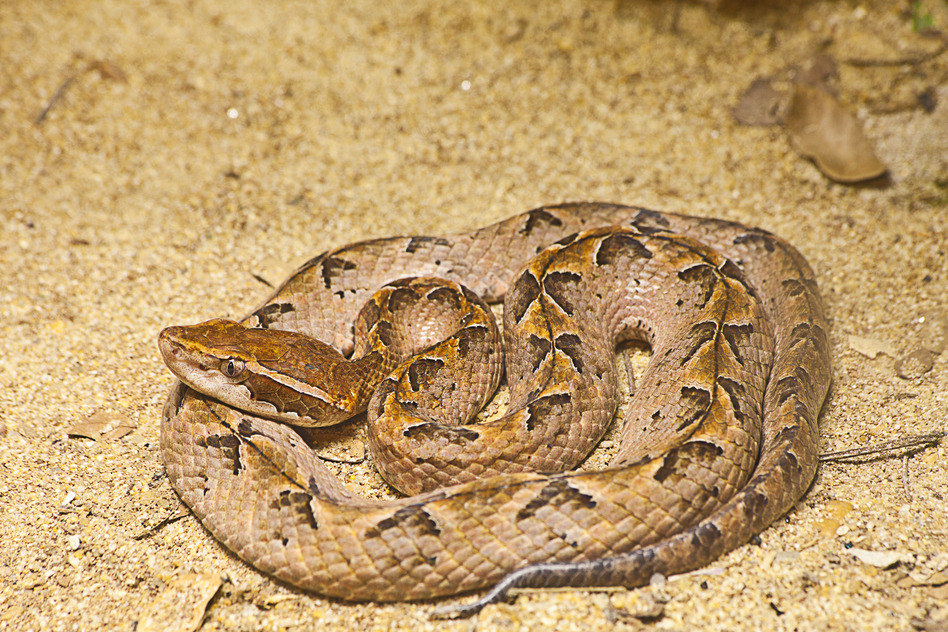
Kraits
Banded kraits mainly live near water and tend to be non-aggressive snakes. Nevertheless the venom from these black and yellow snakes is extremely potent and works by paralyzing the body eventually preventing breathing. They don’t normally bite during the day and are much more active at night. The bite from the banded krait may not be as deadly as that of the cobra but can still kill a person unless they manage to get to a hospital with a ventilator.
They tend to feast on other snakes and failing that frogs, lizards and rats.
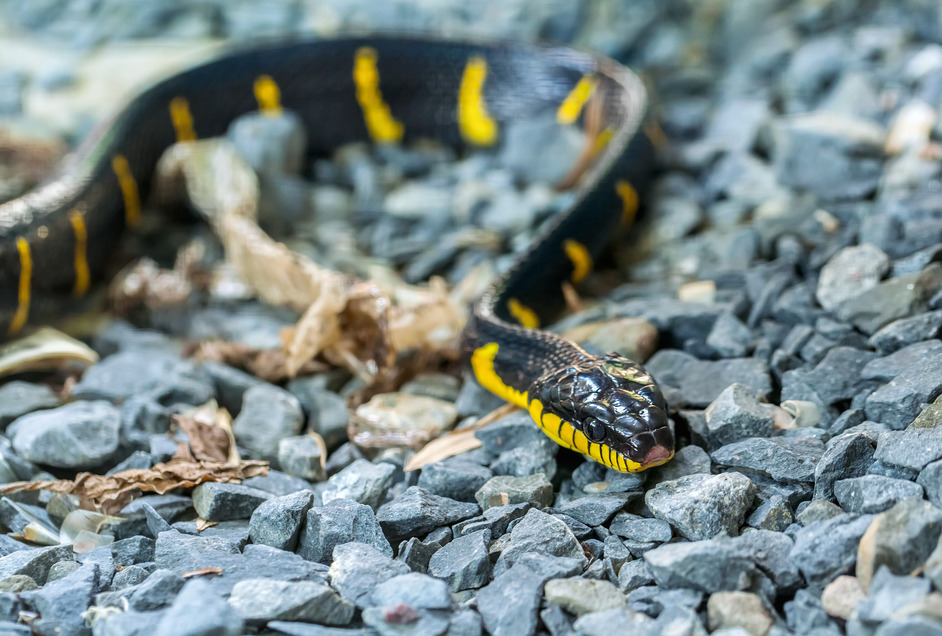
Venomous Not Dangerous
Oriental Whip Snakes
Whip Snakes are very common snakes for Hua Hin where you’ll most likely to find them in trees. Although venomous they are not considered dangerous to humans.
Their beautiful, almost luminous, green coloring is mesmerizing although they do come in brown as well as yellow. They have finger thin bodies and grow up to 2 meters in length. They tend to hunt frogs and small lizards.
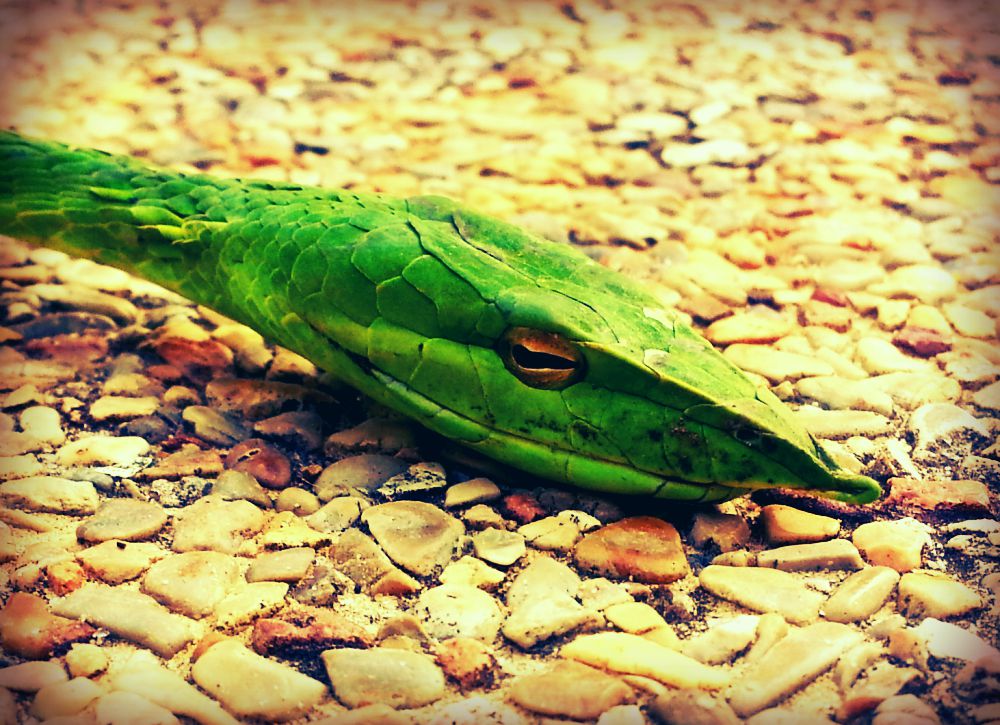
Non Poisonous Snakes
Pythons
Both the reticulated and the Burmese python can be found in Thailand and around Hua Hin although they are not often seen.
The reticulated python is the larger and more aggressive of the two and could take a bite out of you if it wished with it’s tiny sharp teeth, but it is probably more of a threat due to it’s sheer size. They have been known to get up to 8 meters in length and 150 Kg in weight and can soon overpower a person.
The Burmese python is normally slightly shorter and tends to be more relaxed. Being active at twilight and night they hunt for small mammals and birds and are more than capable of eating a goat or dog.
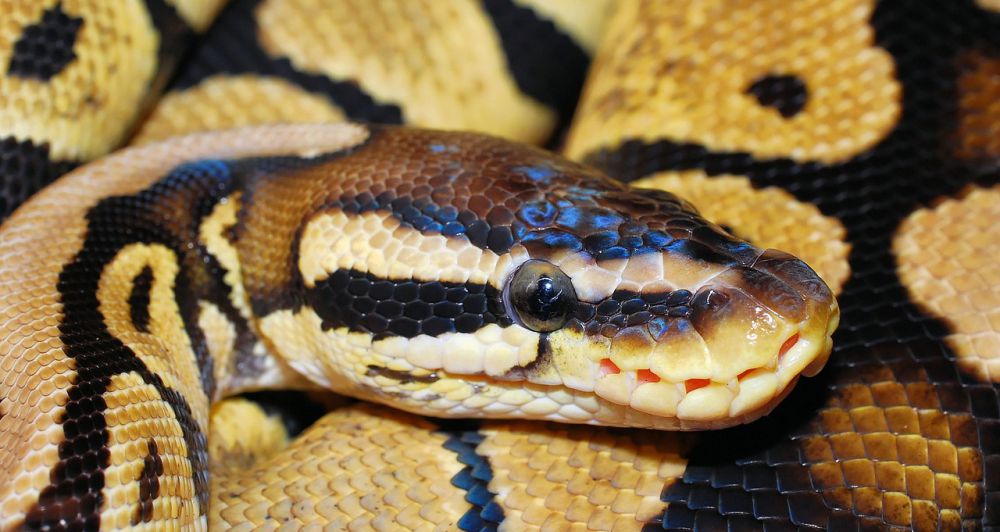
Avoiding Snakes
- Avoid long grass or places where they may be hiding
- Look where you are walking
- Don’t approach or aggravate a snake
Use a waking stick or tap a branch in front of you when walking this may give the snake due notice and allow it to move away. At the very least it may cause the snake to move which should make it easier to notice.
What to do if you get Bitten by a Snake
- Identify
- Stay calm
- Keep the wound low
- Get to hospital
Try to remember as much as you can about the snake, such as shape and color. If you can then take a photograph of the snake with your phone. This should make it easier to identify the species and hence the type of anti-venom required when you get to the hospital.
Stay still and calm. Keep the bite area below the heart so as to slow the spread of the venom.
Get yourself to hospital as quick as possible. They should have a book of snakes so that they can identify it before injecting you with any necessary anti-venom.
The wound may bleed a lot to begin with but should clot after a few minutes. If it doesn’t then you can put a small bandage on it (unless it’s a viper bite) and apply pressure but don’t let this delay you getting medical attention.
Don’t wash the wound with soap and this could mask the bite pattern and may make identifying the snake species more difficult. You can rinse the area with water if need be.
Don’t waste time trying to kill the snake, it’s better to get to the hospital as quickly as possible. Plus even dead snakes still contain venom which could put others at risk.
Don’t put ice on the wound as this could lead to tissue death.



